The difficult situation of the grassroots health system mainly comes from the lack of facilities, limitations in professional quality, and patients' lack of trust in the quality of medical examination and treatment, so they often go to higher levels. As a result, higher-level health facilities are always overloaded, while the grassroots level is "empty" and wasteful.
Editor's note: With more than 11,000 commune, ward and town health stations nationwide, the grassroots health network is expected to be a solid frontline, the first and important "link" in taking care of people's health and responding to epidemics. However, along with the development of society, combined with the policy of connecting medical examination and treatment lines, at the same time, due to many limitations in equipment and human resources, the grassroots health network has not been able to demonstrate its role and position. The problem is to have a suitable direction, to resolve shortcomings and limitations, to create a solid grassroots health network, and to become a reliable support for the people.
Fever, cough also... go to the front line
The health system in our country has a widespread network, nearly 99% of communes, wards and towns have health stations; 87.5% of stations have doctors; 97% of stations have midwives or obstetricians; nearly 75% of villages, hamlets and residential groups have medical staff, of which 96% are in rural and mountainous areas. With a widespread health network, primary health care for people should be implemented effectively and extensively. However, the grassroots health system has not met people's expectations.
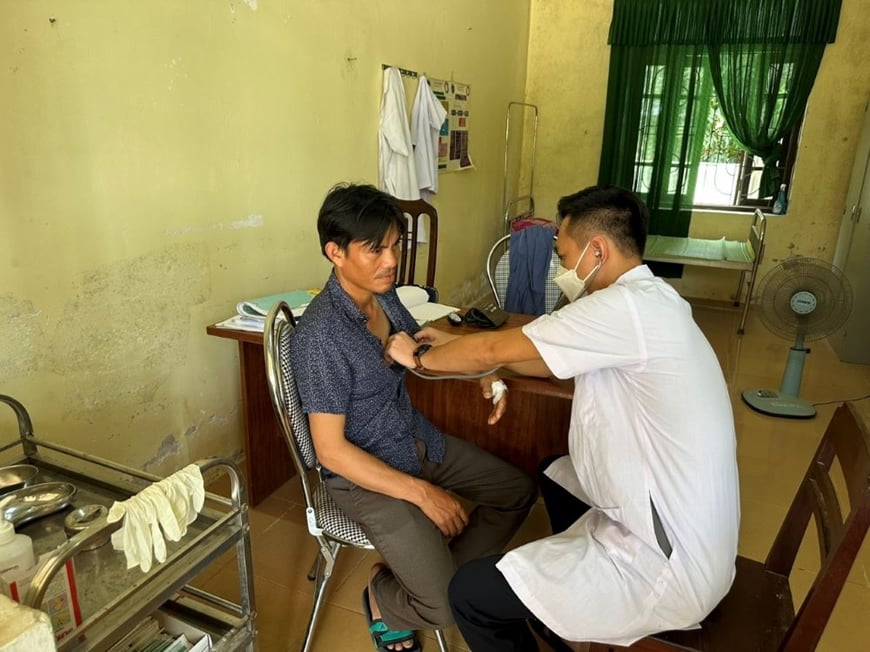 |
| Minh Hoa District Medical Center doctor checks patient's health. |
Thanh Hoa City (Thanh Hoa Province) has many hospitals, so many health stations have become places to organize spraying of disinfectants and mosquito repellents when there is a dengue fever epidemic; to inject vaccines or dispense health insurance drugs. According to our research, Thanh Hoa City currently has 34 commune and ward health stations. Medical examination and treatment at some health stations in the city are currently facing many difficulties, the number of patients coming for treatment at the stations is quite low.
For example, Quang Thanh ward has a population of 14,000 people, but the number of patients visiting the ward health station is only 100-150 people/month on average. Giving the reason for the low number of patients, comrade Trinh Sy Thong, Head of Quang Thanh ward health station, said that it is mainly due to the station's degraded facilities, basic equipment, and failure to ensure the care and protection of people's health.
Not only in central and urban areas, but also in remote areas such as Phu Lung commune, Yen Minh district ( Ha Giang ), people are not interested in the grassroots health care system. Phu Lung commune health station has a midwife, but since the beginning of 2023, she has only delivered a baby for one woman.
This situation also occurs at the Trong Hoa Commune Health Station, Minh Hoa District (Quang Binh). This is a remote commune of the district, with mountainous terrain, difficult roads, and is often completely cut off during the rainy season. However, when people have health problems, the health station is not the first choice. Doctor Dinh Xuan Thai, Head of the Trong Hoa Commune Health Station, said: “Currently, the commune health station is deserted. Sometimes all day long, not even one person comes for a check-up. Only when there is an expanded vaccination schedule do people come for vaccination. There are quite a few pharmacies and clinics, so even though the health station provides free medicine, people are not interested in coming for a check-up and getting medicine.”
Although her house is less than 3km from the district health center, every month, Ms. Ho Thi Ly in Quy Dat town, Minh Hoa district (Quang Binh) still takes a bus to the provincial hospital for medical examination and treatment. Ms. Ly shared: "Up to now, I have never been to the district health center for medical examination, let alone the commune health station, even though my house is nearly 100km from the provincial hospital. Not only me, but people in the area also rarely go to the district health center. Every time I have a fever or feel sick, I take a bus to the provincial hospital for examination. I know that the road is long and the travel is difficult, but I find that the conditions at the provincial hospital are better, the doctors are more skilled, so I feel more secure."
To verify Ms. Ho Thi Ly's words, we "witnessed" a normal working day at the general clinic of Minh Hoa District Medical Center. Different from the noisy, bustling, and overloaded atmosphere at the upper-level hospitals, the atmosphere was quiet and gloomy because there were very few patients at the District Medical Center.
At 10 o'clock, the entire clinic had only one patient sitting waiting for a check-up after being vaccinated for rabies. Doctor Nguyen Tuan Viet, Director of Minh Hoa District Medical Center, said: "Every day, about 20 people come to the center for examination and medicine. The functional rooms, medical equipment and basic medicines are fully equipped, meeting the needs of medical examination and treatment for the people, but people still do not really have confidence in the grassroots medical center."
Regarding this issue, Mr. Duong Thanh Binh, Director of the Department of Health of Quang Binh province, said: “The prejudice of the people towards the grassroots health sector and the professional quality of the medical staff have reduced the effectiveness of this health sector. Limited medical funding is also an important factor affecting the quality of the grassroots health sector in Quang Binh. Funding can be limited for many reasons, including a lack of financial resources from the state budget or a lack of funding from organizations and individuals. This can cause a shortage of medical supplies and medical personnel, thereby affecting the ability to provide full and quality medical services to the people.”
Deteriorating facilities
Besides the issue of quality and professional capacity of medical staff, the issue of infrastructure also affects the quality and efficiency of medical stations.
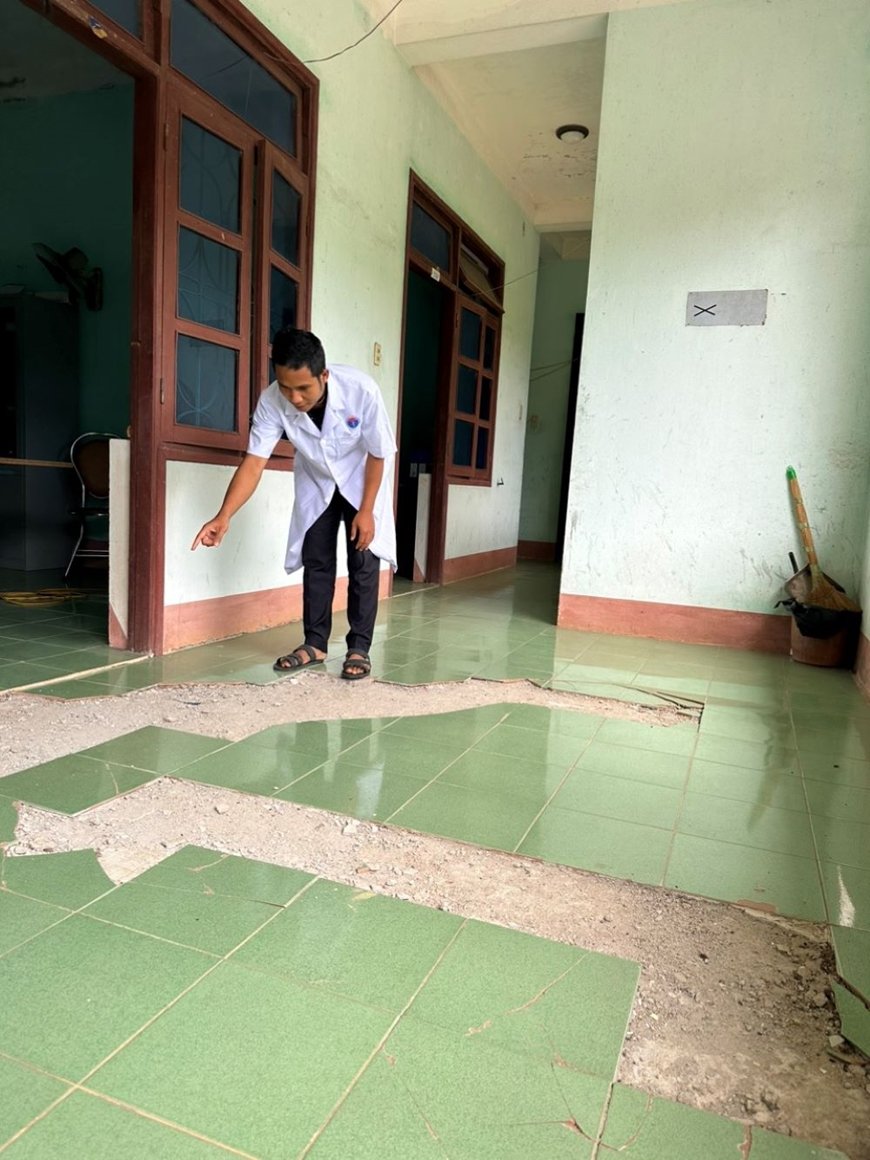 |
| Dan Hoa commune health station, Minh Hoa district (Quang Binh) is degraded, affecting medical examination and treatment. |
According to the Ministry of Health, up to now, about 20% of health stations have not been built or repaired to ensure compliance with regulations. Regarding the capacity of the grassroots health system, only about 48.4% of health stations can ensure the implementation of 80% of basic health services at the commune level, a reality that occurs in many places, including in large provinces and cities.
Talking to us, comrade Ngo Xuan Nam, Secretary of Yen Minh District Party Committee (Ha Giang) shared: “In Yen Minh, there are communes hundreds of kilometers away from the district health facility, so people's health mainly depends on commune health stations. Commune health stations are also the professional support for village and hamlet health.
However, the YTCS line of Yen Minh district still faces many difficulties, the facilities have not met the planned number of hospital beds as well as the medical examination and treatment needs of the people; equipment for medical examination, diagnosis and treatment is also limited; the budget for medical examination and treatment is low compared to the demand; the treatment of medical waste, anti-infection... is also not invested synchronously.
In Quang Binh, 15 communes in mountainous districts have health stations that need investment. Some of these have funding and are being built or repaired, but some other stations, although damaged and severely degraded, cannot be repaired or rebuilt due to lack of funding.
For example, Dan Hoa Commune Health Station (Minh Hoa District). This is a health station near the border gate area, built in 2005 with two floors and 12 functional rooms. After more than 18 years of use, many items of the station have degraded and damaged: the plaster walls are peeling, the power lines are not guaranteed, the surrounding wall system can collapse at any time... Every time it rains, the ceiling leaks, making it very difficult to examine, treat, preserve medicine and medical equipment.
Doctor Ho Van Kham, Deputy Head of Dan Hoa Commune Health Station, said: “The deterioration of Dan Hoa Commune Health Station has been going on for a long time. The image of damaged facilities has created a bad impression in the eyes of the people, making them distrustful when coming here for medical examination and treatment. Deteriorated facilities also make it difficult to examine and treat patients, potentially posing a risk of insecurity.”
Regarding this issue, Associate Professor, Dr. Phan Le Thu Hang, Deputy Director of the Department of Planning and Finance and Director of the Management Board of Investment Projects for Construction and Development of the Grassroots Health System (Ministry of Health) said: “Although it has received more investment recently, the technical infrastructure of the grassroots health network still has many limitations. Statistics show that the need to upgrade the technical infrastructure of the grassroots health network is still relatively large. Medical equipment of the grassroots health network also needs to continue to be supplemented and replaced. Another problem is that the availability of essential drugs for examination and treatment of the grassroots health network, especially the health stations, is currently very limited, only ensuring the supply of 40% of the drugs according to the prescribed list”.
(continued)
Article and photos: HUYEN TRANG
*Please visit the Health section to see related news and articles.
Source


![[Photo] More than 17,000 candidates participate in the 2025 SPT Competency Assessment Test of Hanoi National University of Education](https://vphoto.vietnam.vn/thumb/1200x675/vietnam/resource/IMAGE/2025/5/17/e538d9a1636c407cbb211b314e6303fd)
![[Photo] General Secretary To Lam visits exhibition of achievements in private economic development](https://vphoto.vietnam.vn/thumb/1200x675/vietnam/resource/IMAGE/2025/5/18/1809dc545f214a86911fe2d2d0fde2e8)

![[Photo] National conference to disseminate and implement Resolution No. 66-NQ/TW and Resolution No. 68-NQ/TW of the Politburo](https://vphoto.vietnam.vn/thumb/1200x675/vietnam/resource/IMAGE/2025/5/18/adf666b9303a4213998b395b05234b6a)


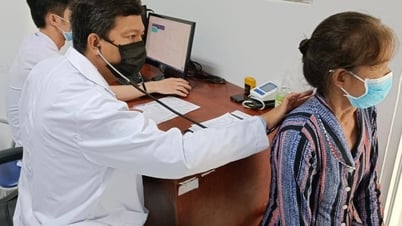

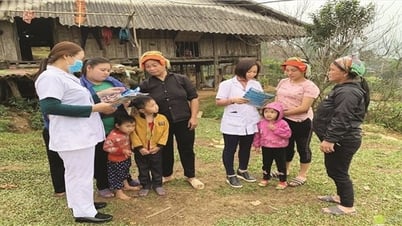





![[Photo] Grassroots health care creates breakthrough in primary health care for people](https://vphoto.vietnam.vn/thumb/402x226/vietnam/resource/IMAGE/2025/1/18/e7175df8da0745ef9ff609a077959eb2)
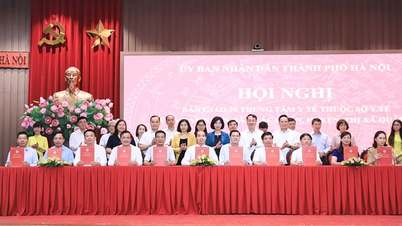





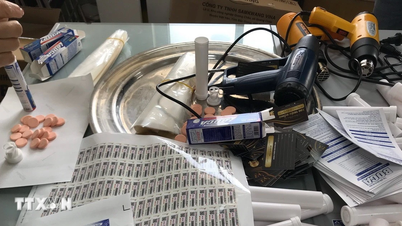

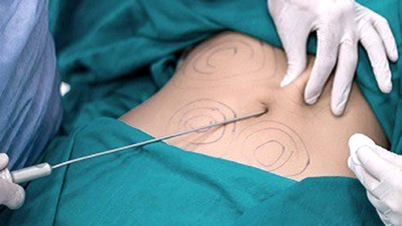

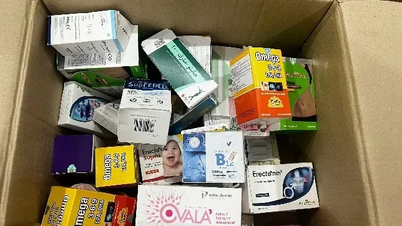





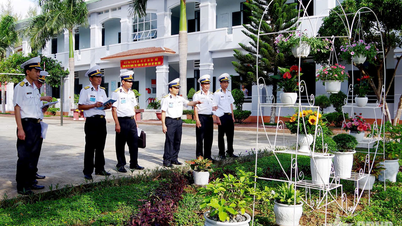
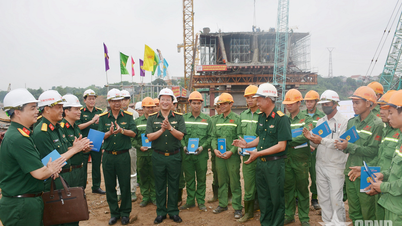
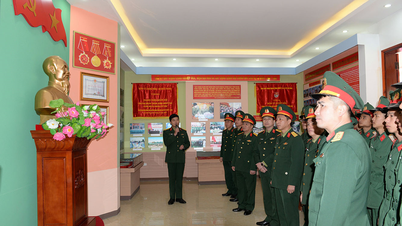
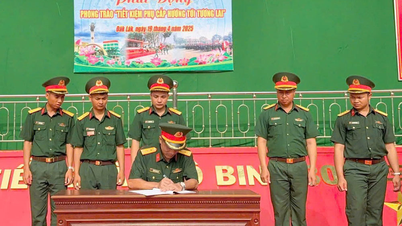


![[Photo] Prime Minister Pham Minh Chinh chairs meeting on science and technology development](https://vphoto.vietnam.vn/thumb/1200x675/vietnam/resource/IMAGE/2025/5/17/ae80dd74c384439789b12013c738a045)













































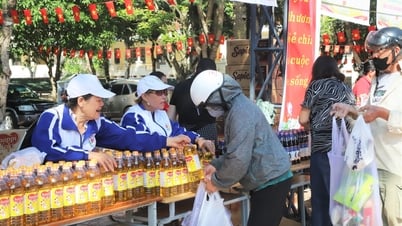



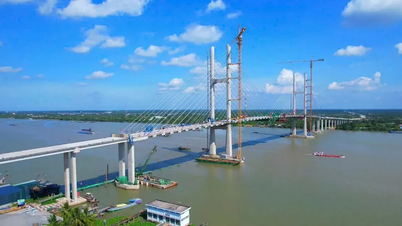











Comment (0)